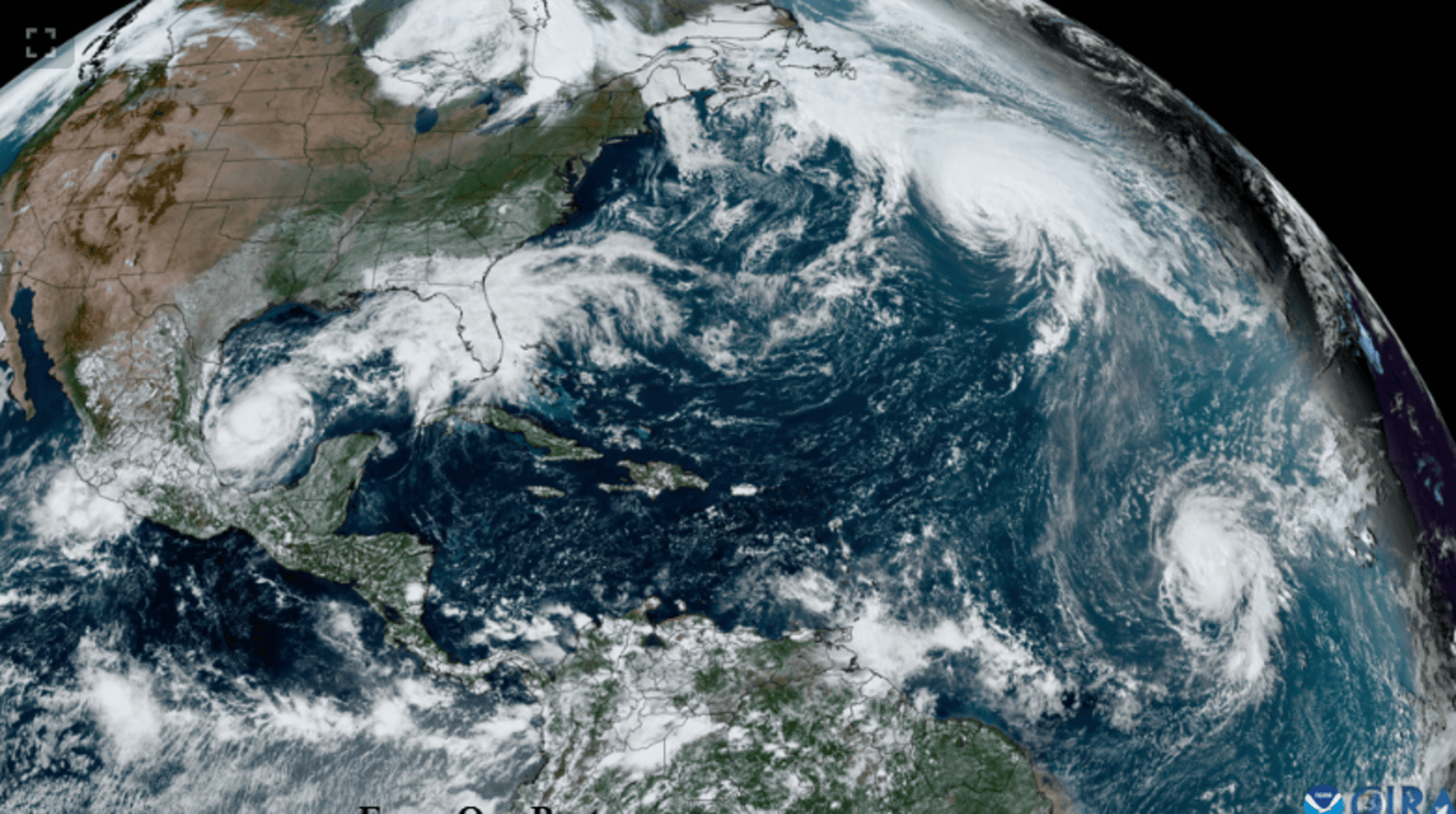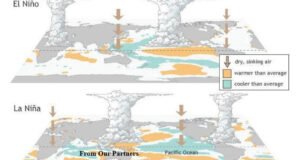
La Nina Delay 5 Key Insights
With about a month and a half left, the anticipated return of La Niña has not yet occurred. La Nina Delay 5 Key Insights
Understanding La Niña
This cycle involves fluctuations in ocean temperatures in the tropical Pacific. During La Niña, cooler waters dominate.
Understanding La Niña is crucial for predicting its wide-ranging effects on global weather patterns.

With about a month and a half left, the anticipated return of La Niña has not yet occurred.
Weather Implications
may experience drier and warmer weather. This phenomenon can also lead to an increased likelihood of Atlantic hurricanes, as lower wind shear enhances conditions for storm development.
The effects of La Niña on global weather patterns are profound and multifaceted. This climate phenomenon can significantly alter precipitation, temperature, and storm activity across various regions, making it crucial for meteorologists and communities to understand its implications.
Regional Weather Patterns
In the United States, La Niña typically leads to distinct weather patterns. The Pacific Northwest often experiences wetter conditions, resulting in increased rainfall and potential flooding. In contrast, the southern U.S. usually faces drier and warmer weather, which can exacerbate drought conditions in states like Texas and California.
Hurricane Activity
One of the most notable weather implications of La Niña is its influence on Atlantic hurricane activity. This often leads to an increased number of hurricanes, making coastal areas more vulnerable to severe storms and associated damage.
Global Effects
Beyond North America, La Niña’s impact extends worldwide. Regions such as Southeast Asia and Australia often experience increased rainfall, heightening the risk of flooding and landslides. Conversely, countries bordering the equatorial Pacific, including parts of South America, may face drought conditions, negatively affecting agriculture and water supplies.
Long-term Implications
The weather patterns driven by La Niña can have lasting effects on ecosystems and economies. Understanding these implications allows communities to better prepare for the potential consequences, enabling effective resource management and disaster preparedness strategies.
By recognizing the patterns associated with this climate phenomenon, individuals and communities can make informed decisions to mitigate its impacts and adapt to changing conditions.
By recognizing the patterns associated with this climate phenomenon, individuals and communities can make informed decisions to mitigate its impacts and adapt to changing conditions.
Global Effects
Conversely, countries along the equatorial Pacific may face drought conditions, affecting agriculture and water supply.
Current Conditions
Matthew Rosencrans from the National Weather Service explained that the absence of La Niña is good news for storm-weary regions.
Implications for the Gulf Coast
The past few months have already seen significant tropical activity, including two major hurricanes that struck Florida. These storms caused widespread damage and raised concerns about future hurricanes.Instead, he suggests a more normal end to the season, which could include three more named storms.
The Role of Wind Shear
Wind shear is crucial in hurricane development. Wind shear is a critical factor in the development and intensity of tropical storms and hurricanes. It refers to the variation in wind speed and direction with height in the atmosphere. This phenomenon can significantly influence how storms form, strengthen, or dissipate.
Impact on Storm Development
Conversely, high wind shear can disrupt this process. Strong upper-level winds can tilt or tear apart the storm, preventing it from organizing effectively. As a result, storms exposed to high wind shear often struggle to develop or may weaken rapidly.
Interaction with Ocean Conditions
The interaction between wind shear and ocean conditions, particularly during different phases of the El Niño-Southern Oscillation (ENSO), is also significant. During La Niña, for example, wind shear tends to decrease in the Atlantic, creating a more favorable environment for hurricane development. On the other hand, during El Niño, increased wind shear can inhibit tropical storm formation, leading to fewer hurricanes.
Regional Variability
Predictions for Hurricane Season
Many believed La Niña would return, fueling predictions of high storm counts. Forecasters had indicated a strong likelihood of an active season based on historical patterns and warm Gulf temperatures.However, the persistence of neutral conditions means that forecasts may need adjustment. The likelihood of severe storms in November appears diminished. The predictions for named storms now lean towards the lower end of the spectrum.
Factors Influencing ENSO
The factors affecting ENSO conditions are complex. Both long-term climate patterns and short-term weather conditions play a role. This complexity makes accurate forecasting challenging. Many researchers have noted a historical trend of inaccuracies in ENSO predictions.Rosencrans highlighted the importance of understanding these challenges.
Trade Winds
Trade winds also play a crucial role. In a La Niña phase, the trade winds strengthen, promoting cooler water upwellings along the coasts of South America.
Climate Variability
Long-term climate variability is another factor influencing ENSO.
Understanding these interconnected factors is essential for improving predictions of ENSO events.
Understanding these interconnected factors is essential for improving predictions of ENSO events.
Conclusion
The anticipated return of La Niña has not occurred, altering expectations for storm activity. This situation is beneficial for regions recovering from recent hurricanes.As the season progresses, continued monitoring of conditions is essential. The remainder of the season may be less intense, providing some relief to vulnerable communities.






